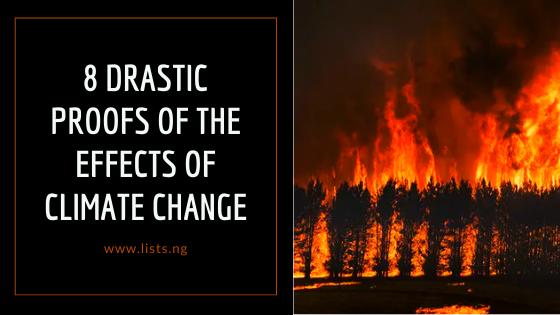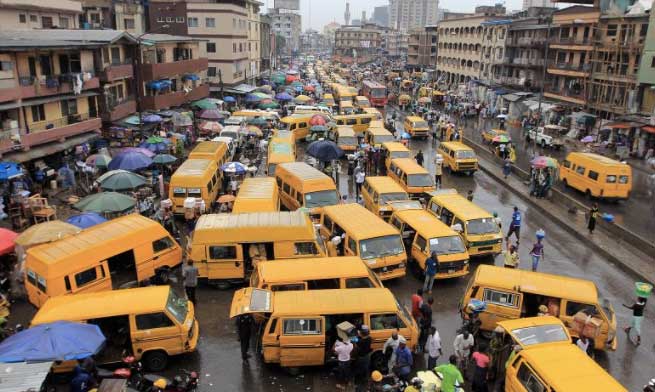Whether we believe it or not, the world’s atmosphere is undergoing drastic changes as a result of constant release of greenhouse gasses such as carbon dioxide, methane, and nitrous oxides and an outright neglect of the atmosphere.Satellites and other technological advances have enabled scientists to collect many different types of information about the planet and its climate on a global scale. This body of data, collected over many years, have revealed the signals of a changing climate.
Global Temperature Rise
As a result of the increased carbon dioxide and other human-made emissions into the atmosphere, the planet’s average surface temperature has risen about 1.62 degrees Fahrenheit (0.9 degrees Celsius) since the late 19th century. For over three decades, there have been warning signs, and since 2010, the world has witnessed five warmest years, with 2016 being the warmest year on record. The size of this rapid increase largely depends on what we do to cut emissions.
Warming Oceans
The oceans have bore much of the burden of these rising temperatures, with the top 700 meters (about 2,300 feet) of ocean showing warming of more than 0.4 degrees Fahrenheit since 1969. As of 2015, over 40% of the world’s coral reefs have been killed off due to global warming, which could lead many plants and animals toward extinction.
Glacial Retreat
Glaciers are retreating almost everywhere around the world — including in the Alps, Himalayas, Andes, Rockies, Alaska and Africa.
Sea Level Rise
The two major causes of global sea level rise are thermal expansion caused by warming of the ocean and increased melting of land-based ice, such as glaciers and ice sheets,all of which are as a result of global warming. Global sea level rose about 8 inches in the last century and in the last two decades, that rate has risen nearly up to double, and continues to accelerate slightly every year. The rise of seal levels threatens coastal communities and estuarine ecosystems.
Declining Arctic Sea Ice
In recent decades, sea ice in the Arctic Ocean has been melting faster than it re-freezes in winter. Arctic sea ice reaches its minimum each September. September Arctic sea ice is now declining at a rate of 12.85 percent per decade. The IPCC Fifth Assessment Report concluded, with high confidence, that sea ice will continue to decrease in extent.
Extreme Events
The number of extreme temperature events all over the world has been increasing over the past decade. There have been increased rainfalls, floods, droughts, heat waves and devastating wildfires, with the most recent happening in Australia.
Ocean Acidification
Since the beginning of the Industrial Revolution, the acidity of surface ocean waters has increased by about 30 percent. This increase is the result of humans emitting more carbon dioxide into the atmosphere and hence more being absorbed into the oceans. The amount of carbon dioxide absorbed by the upper layer of the oceans is increasing by about 2 billion tons per year.
Changing ecosystems
Climate change is rapidly increasing pressure on wildlife to adapt to changing habitats. Many species are seeking out cooler climates and higher altitudes, altering seasonal behaviors, and adjusting traditional migration patterns. According to a 2014 IPCC climate change report, many species now face “increased extinction risk due to climate change.” And one 2015 study showed that mammals, fish, birds, reptiles, and other vertebrate species are disappearing 114 times faster than they should be as a result of climate change, pollution, and deforestation.
While the situation is constantly getting worse, there is a lot we can do to reduce these effects such as radically decreasing our emission of greenhouse gases, using LED lightbulbs, turning off the lights when you leave, and recycling etc.



